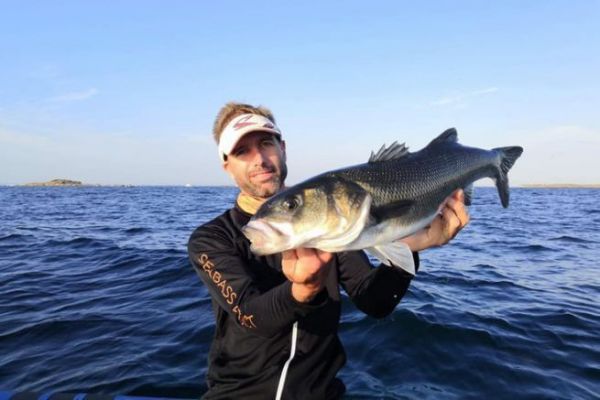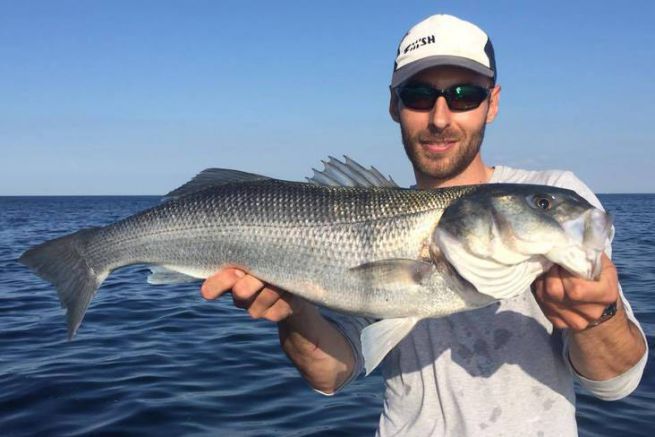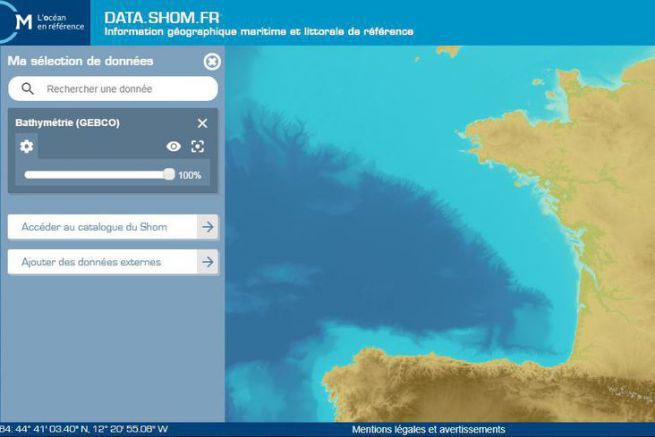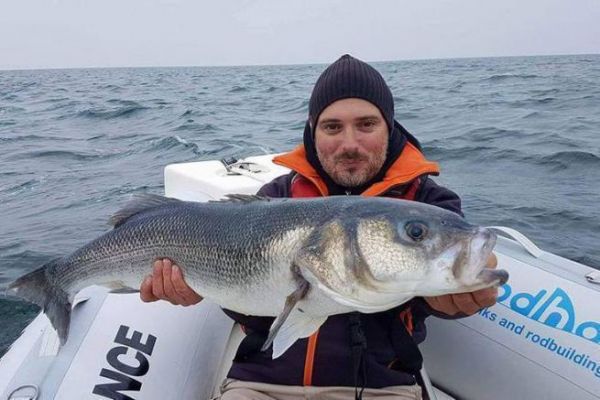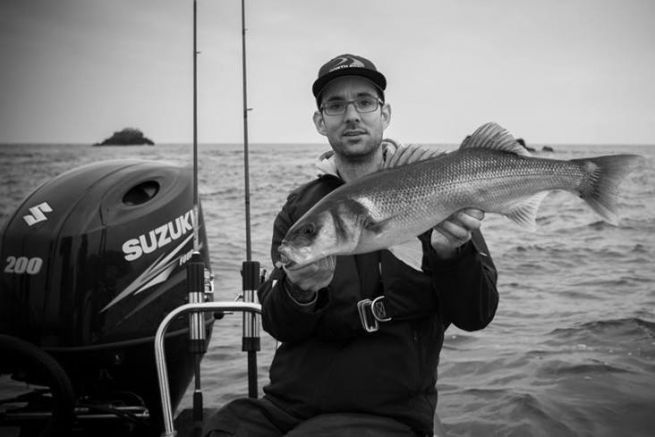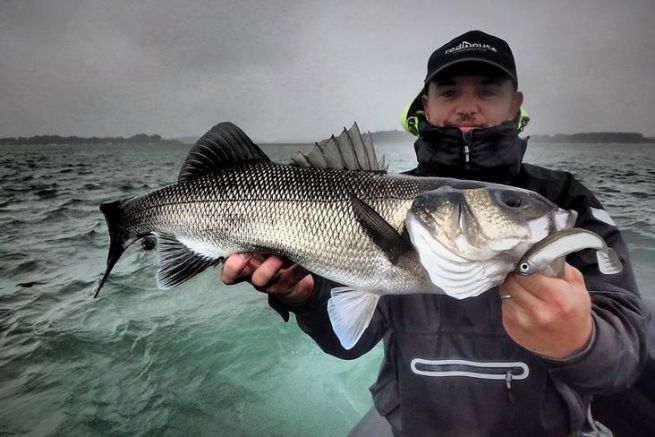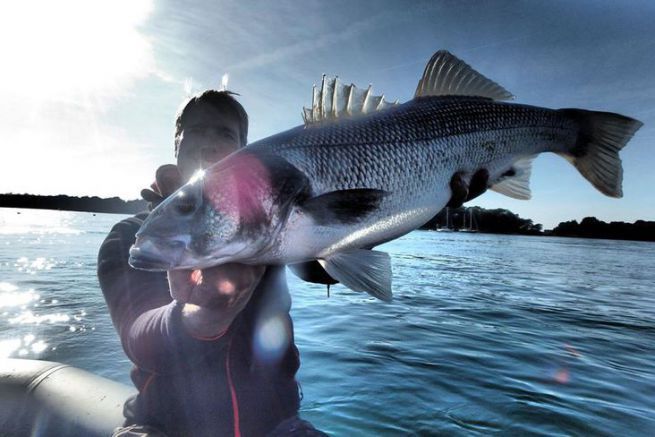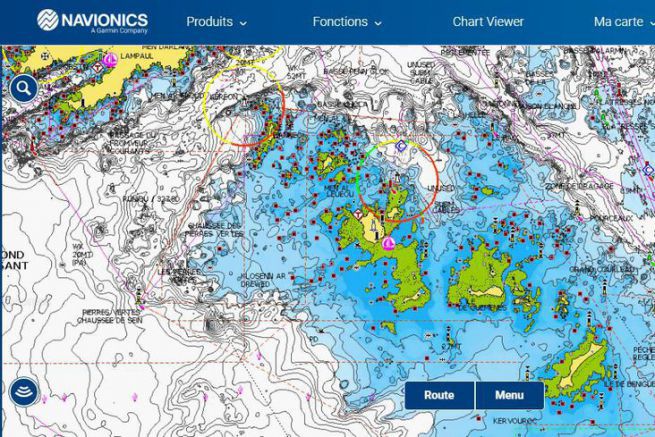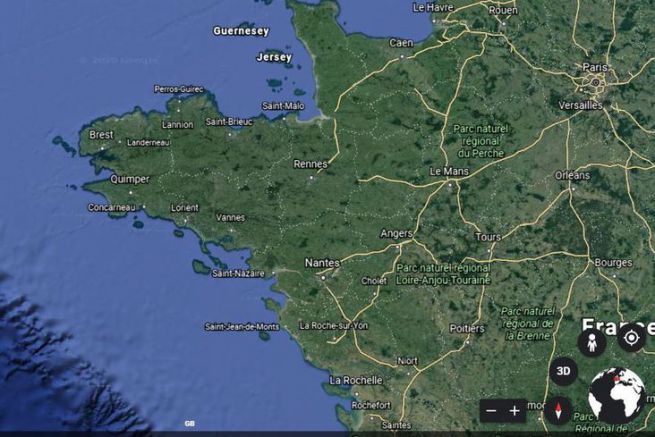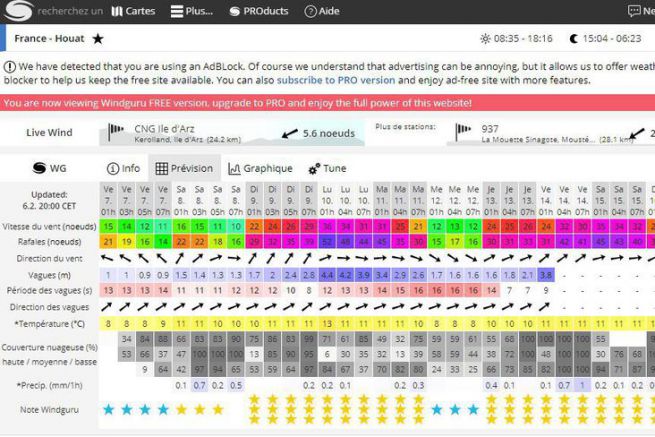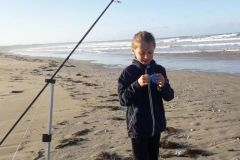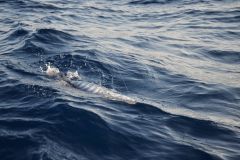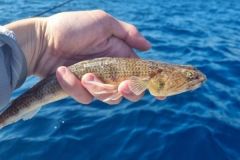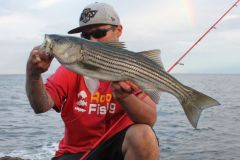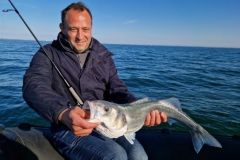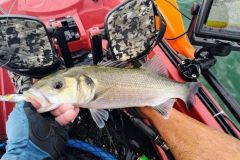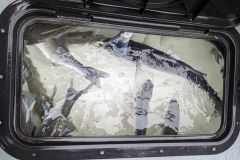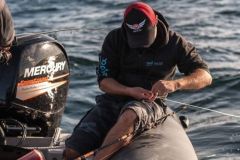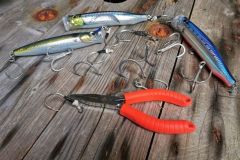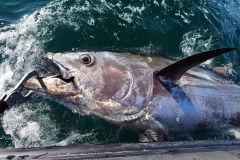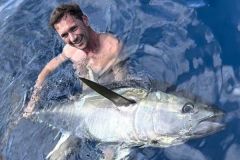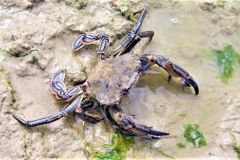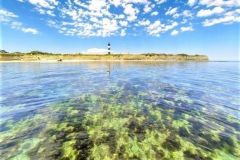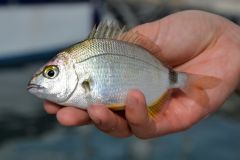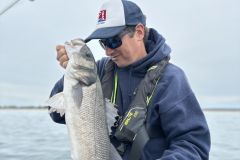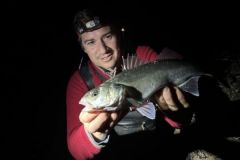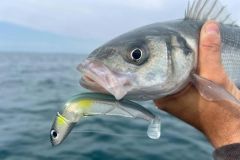How the tides work
Even if this is not entirely accurate, a tide, whether rising or falling, lasts about 6 hours. During this time the sea will rise or fall by a certain height of water which is closely related to the tidal coefficient. This is called the tidal range.
During the first and last hour, the water level varies by 1/12 of the tidal range. During the second and 5th hour, by 2/12 for each. And finally during the central two hours by 3/12 for each. The current is therefore at its peak during the 3rd and 4th hour of tide.
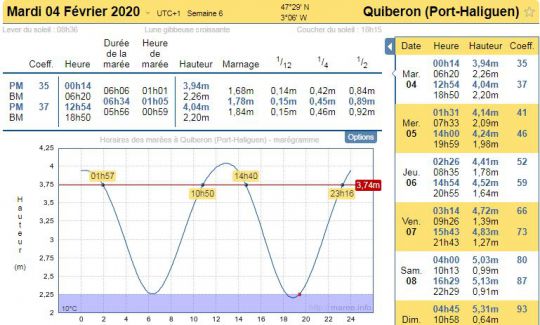
The question of coefficients
Tidal coefficients range from 20 to 120. Below 60 they are considered small coefficients which are generally poor for the sea bass fishery.
Above 90, these are large coefficients, thus generating a high tidal range and, above all, strong currents. Sea bass is a fish that likes to take advantage of the current to hunt, but large coefficients are not considered excellent for tracking them. For some fishermen, this is due to the fact that they coincide with unfavourable lunar phases and for others simply because these strong currents require a greater technical mastery to be able to fish properly.
Thus the average coefficients between 60 and 90 are the most favourable for the tracking of the sea bass.
Of course, these are generalities that suffer from many exceptions depending on the environment, the weather and a good number of factors.
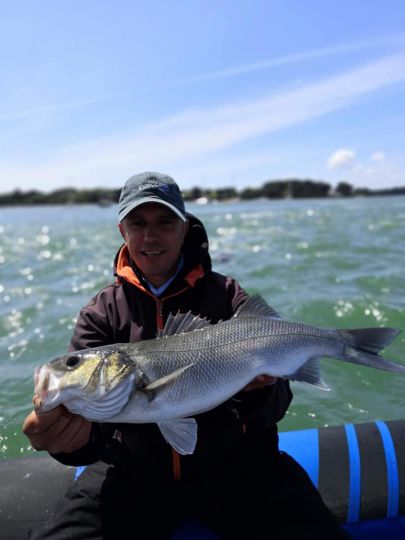
The ideal tidal moment
On this subject, there is a belief that in order to catch sea bass from the shore, you have to fish on the rising tide (the stream)... Well no! The ebb (the ebb) is just as good... Or not !
In reality each spot is different and productive at a different time of tide depending on its structure and orientation with respect to the current. Whether on board or by boat, you will have to determine for each of your fishing spots the ideal moment.
Indeed, during the tide, depending on the topography, orientation and strength of the current, particular water veins, eddies, the activation of a certain fauna or a fish passage more or less corresponding to a circuit are created. Thus a spot can be completely empty or sterile during 11 hours of tide and become the place of your most beautiful fishing the remaining hour.
So you need to spend time at the water's edge at different times of the tide to determine when to fish your areas. Some will give to the stream, others to the ebb, sometimes in the middle of the tide, sometimes at the end..
Nevertheless, even if I am not convinced for my part, it is admitted by many fishermen that the last two hours of the fall and the first two hours of the rise are the best times, because they correspond to the moments when the current weakens and then resumes, thus triggering the activity of the bass.
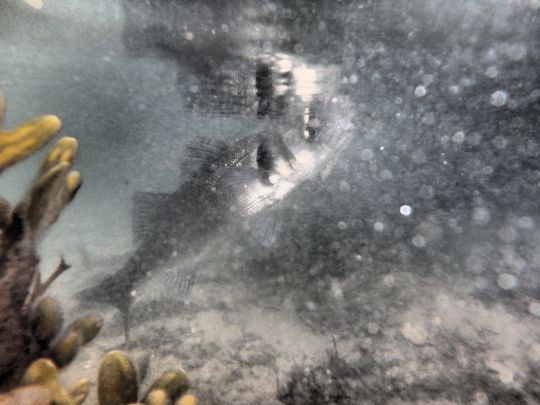
At the drop of the edge, a moment of comfort
When I discover a spot, I particularly like to fish at the lower edge of the bank, especially in the estuary, because it allows me to fish safely without the risk of being surprised by the tide and especially because it allows me to discover all the topography of the area and thus to determine the best places for my future outings. The corridors between the rocks, the algae stains... Moreover, the drop in tide forces the crustaceans and small fish to leave the foreshore and you can regularly find the bars not far away ready to surprise them!
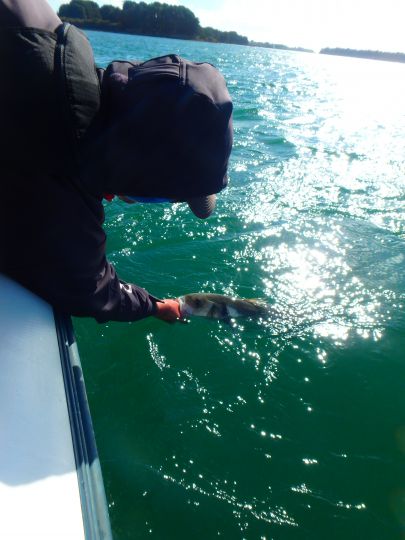
What about the stall
Slack water is the pivotal moment between two tides, when the current reverses. The absence of current at this moment is unfavourable for sea bass fishing, however by using light fishing, it is always possible to catch a fish... But it is also a good opportunity to have a picnic and share a drink with friends while waiting for the right moment!
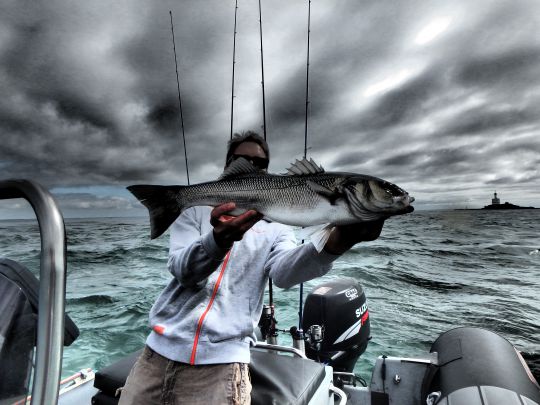

 /
/ 